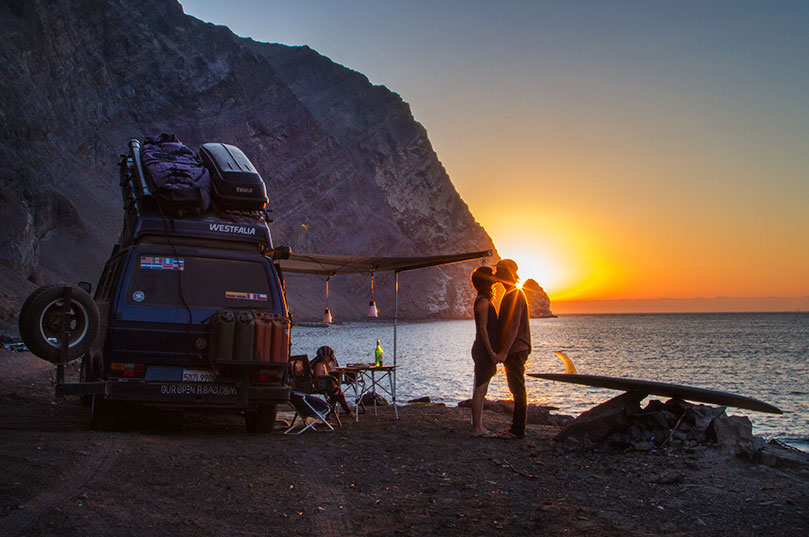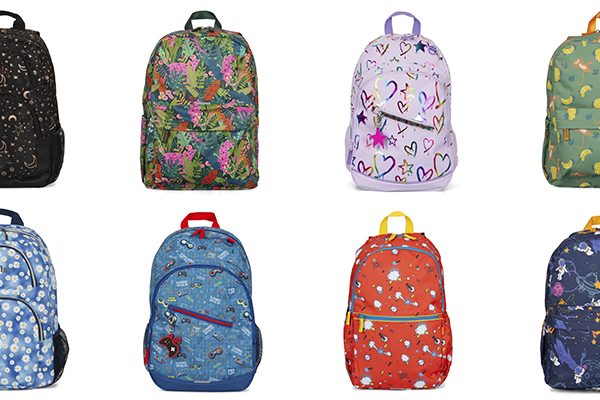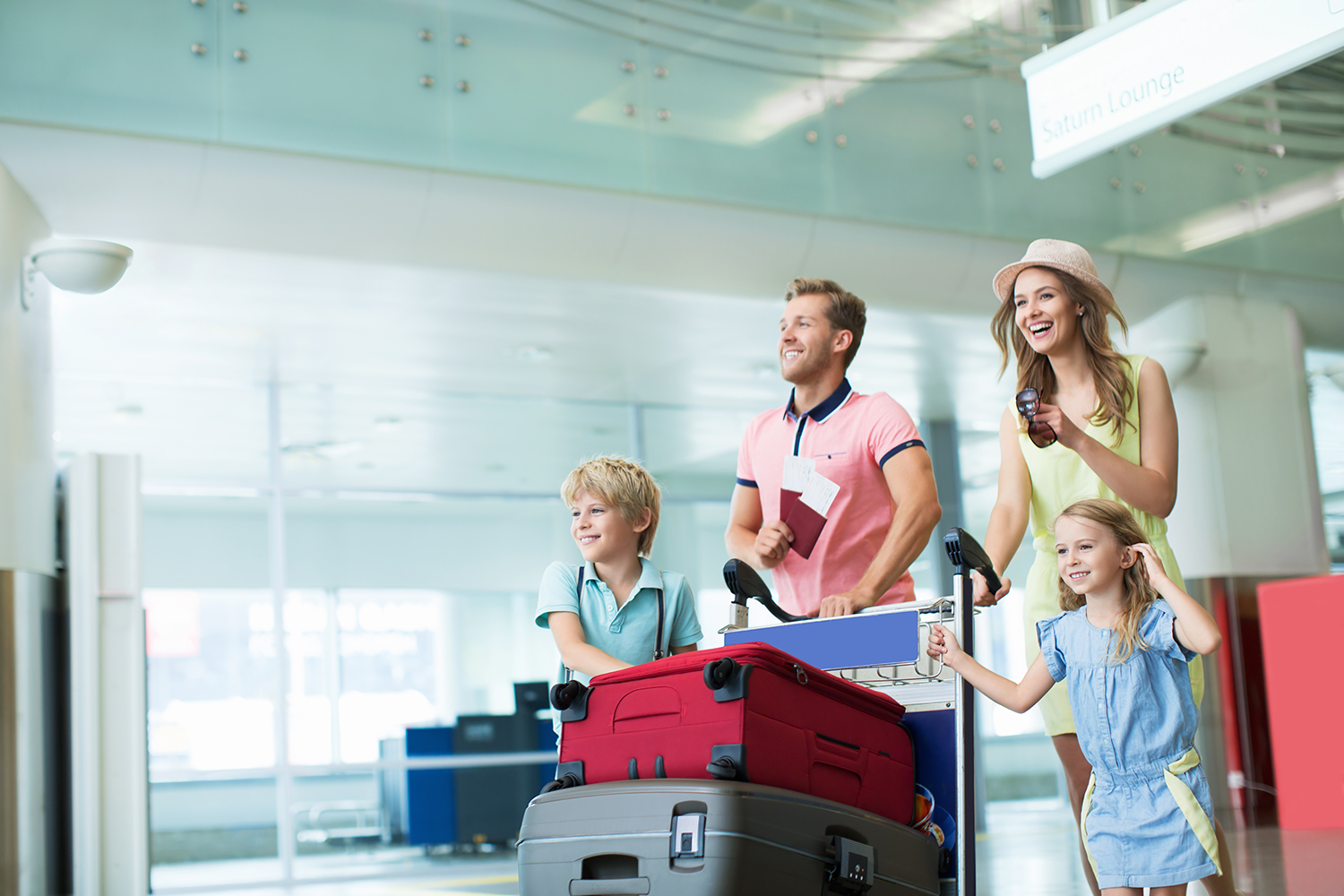For the seasoned explorer or the rookie voyageur who wants to delve into the whole wide world of travel, we want you to rely on Bentley’s Team of Experts to ensure you get on the road (or in the air) safely and securely, being fully organized in the process. We have put together a go-to guide for travelling abroad.
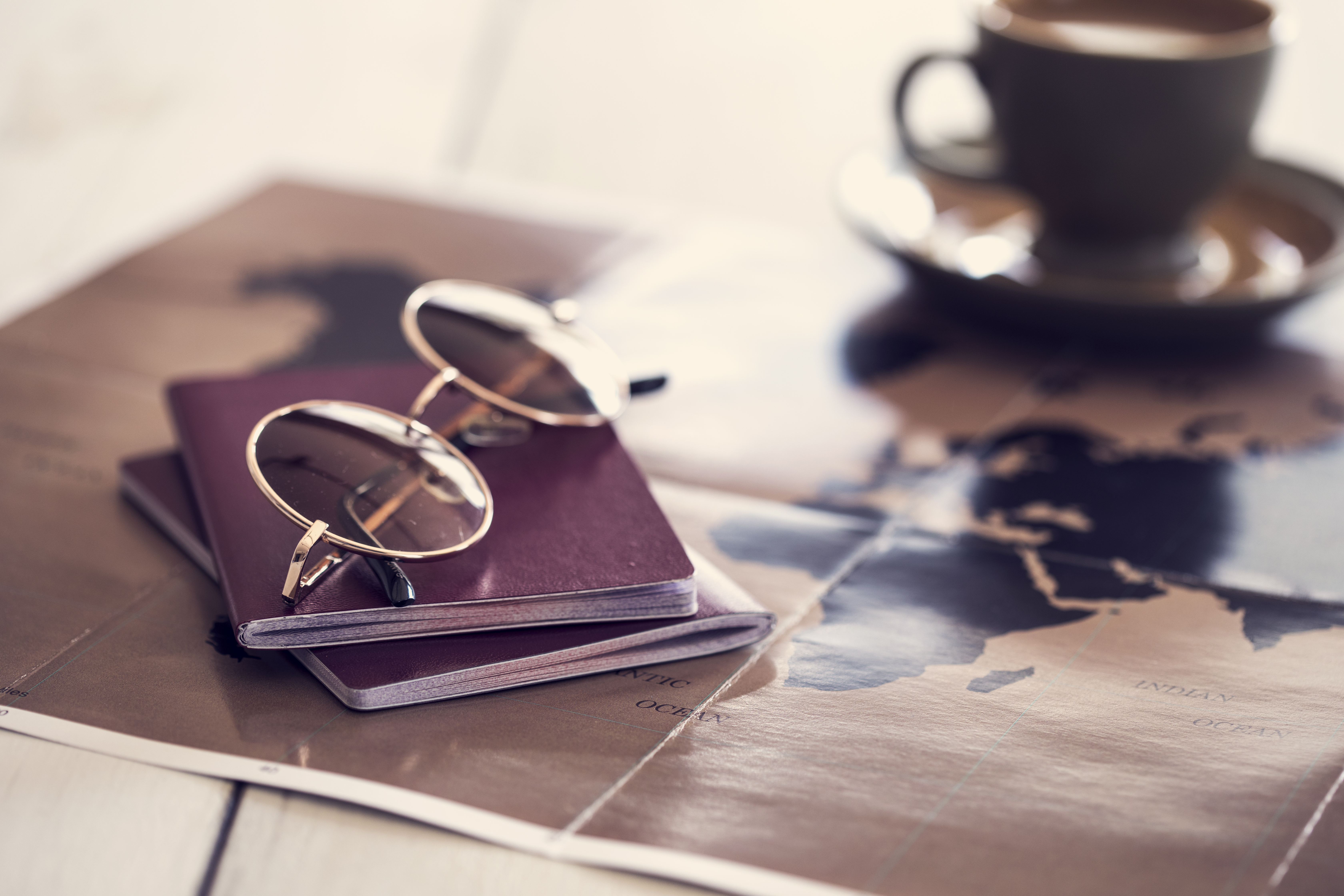
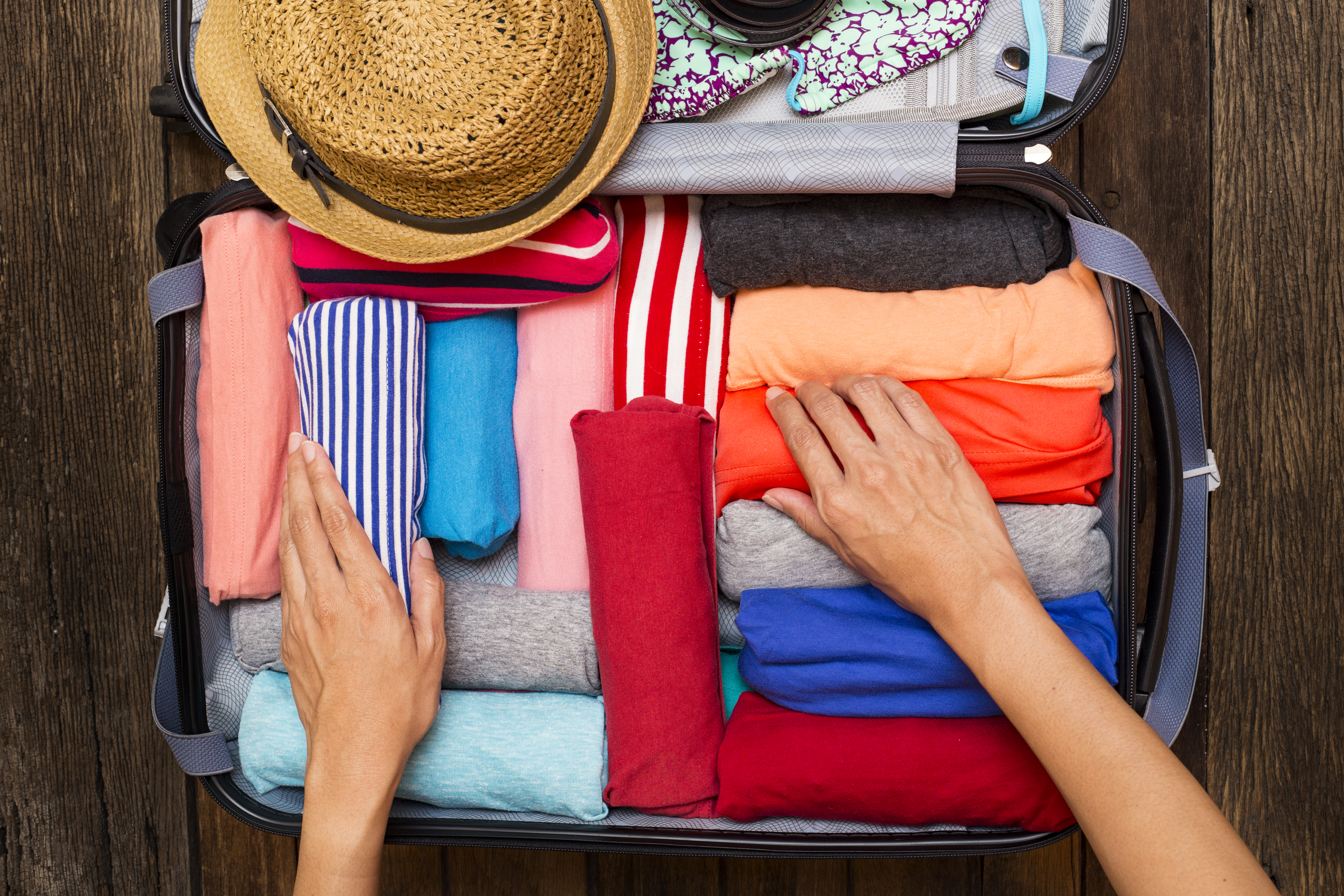 Health – Medication or other healthcare essentials
According to the Government of Canada’s guidelines, you should not always take it for granted that necessary first aid supplies and medication are available in other countries, or the selection may vary. Therefore, a good travel health kit not only handles basic illness or minor injuries, but it has to allow you to manage pre-existing medical conditions for longer than the duration of your trip.
Here’s a sample list of a few first aid essentials you may want to think of:
Health – Medication or other healthcare essentials
According to the Government of Canada’s guidelines, you should not always take it for granted that necessary first aid supplies and medication are available in other countries, or the selection may vary. Therefore, a good travel health kit not only handles basic illness or minor injuries, but it has to allow you to manage pre-existing medical conditions for longer than the duration of your trip.
Here’s a sample list of a few first aid essentials you may want to think of:
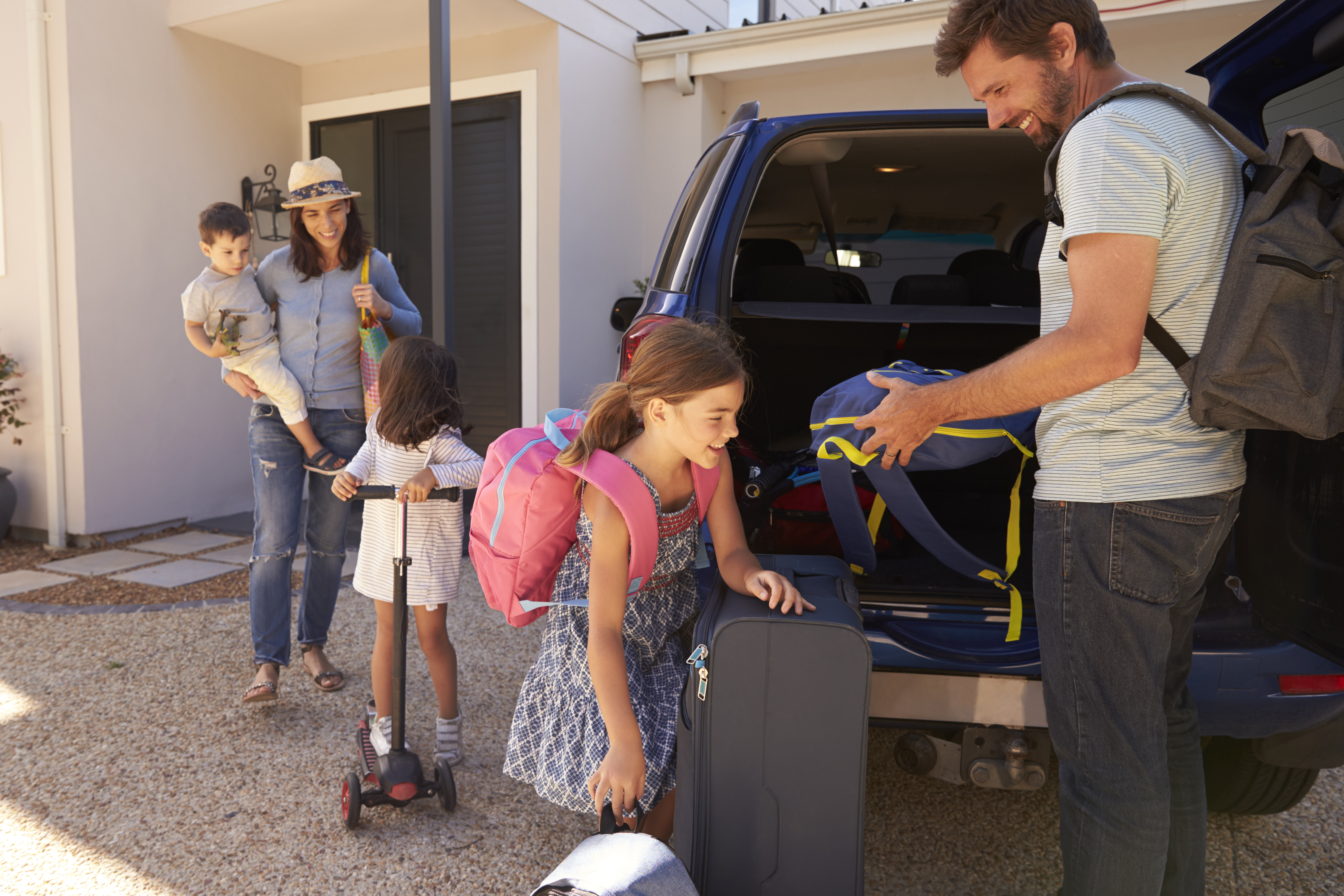
Be Prepared
The first thing you need to do before packing is have something to pack with! You can make piles of clothes and other travel essentials, but you need luggage. And it just so happens that’s Bentley’s specialty. We have everything from rolling luggage (two or four spinner wheels) to travel duffle bags, sports bags, wheeled backpacks, carry-on luggage and more. To size your luggage, refer to our size chart for detailed guidelines. Please do make sure you verify your airline carry-on restrictions prior to flying. To help choose your luggage, you can refer to our luggage tips.- Depending on your destination, you should obtain necessary travel vaccines and be aware of travel advisories usually posted on airline or other airfare booking websites. All this should happen around six weeks before you travel.
- Make a list – We always go by the rule that if you try and pack off the top of your head, that’s when you forget important things. Brainstorm in advance and write down everything you can think of.
- Does your credit card include travel health insurance? If so, you’re covered. If not, it is often available for purchase at the time of booking and you can always inquire with your airline.
- Flights are booked, but did you think of the other transportation once you arrive? Make sure you have all that covered to and from the airport.
- Checking in for your flight (usually 24 hours in advance of your departure time) is imperative to ensure a stress-free airport experience. You can also book your seats before then, for a fee.
- Transportation reservation to and from the airport
- Flight schedules change. Airlines usually send e-mails when that occurs. However, stay up to date with your departure time and other flight details.
- The last thing you want to happen is have your credit card cancelled by your financial institution right before, or during your trip. That’s why it’s uber important to advise your institution of travel dates.
Documentation:
As much as it’s fun to travel light, it’s crucial to gather all important travel documents. First, you need card holders, passport covers and other travel accessories to hold all your personal belongings.
- It’s a great idea to include luggage tags on your baggage for identification reasons in case of loss.
- Verify the validity of your passport with respect to the destination country’s rules and guidelines. Some countries will not allow your passport to expire within X amount of months, even if it is valid at the time of booking and travel.
- This is a given, but you must have at least two pieces of valid government-issued photo ID to board any aircraft.
- Other pertinent documents include your itinerary, hotel reservation documents, proof of insurance, maps, books, etc.
- In case of emergency, it’s always useful to have a card on hand with more than enough contact info in the case of emergency.
- Your name, address and contact information of a close family member or friend in Canada.
- Name and contact info of your Canadian health care provider
- Address and phone number of your accommodation at your destination(s)
- Hospitals or other health institutions at your destination(s)
- Your travel health care provider’s contact info

Getty Images
- Bandages (adhesive, blister pads, gauze, tensor bandages)
- Sanitizers (wound cleansers, alcohol pads)
- Gloves (ideally disposable)
- Safety pins, tweezers, mini scissors
- Thermometer
- Prescriptions
- Allergy medication
- Anti-motion sickness medication
- Cold/flu and pain/fever medication
- Stomach medication
- Stay connected – chargers, adapters and more
- Comfort – headphones, ear plugs, travel pillows
- Money – Exchange funds or pre-paid Credit Card
- Be safe
- Organization is key
The bulk of the list

Getty Images
- For the elements: rain jacket, windbreaker and an umbrella
- Warm clothes: sweaters, hoodies, fleece jackets, long sleeved shirts
- Hats, visors, sunglasses
- Socks, undergarments
- Pants, shorts, dresses, skirts
- Swimsuit/trunks
- T-shirts, tank tops, button-up shirts (depending on the destination(s))
- Running shoes, sandals, flip flops
- Jewelry
- Consider Travel bottles to make sure the quantity of liquids complies with airline carry-on restrictions (verify with your airline prior to traveling).
- Toothbrush, toothpaste
- Deodorant
- Shampoo/conditioner
- Lotion/moisturizers/face wash
- Cotton swabs
- Lip balm
- Feminine make-up/hygiene products
- Sunscreen (high SPF level)
- Nail clippers, tweezers
- Facial tissues
- Shaving kit
- Other hair products such as hairspray, hair gel, after shave, etc.
- Cologne
- Basic sewing kit
- Mini mirror
- Eye drops, a sufficient amount of contacts or prescription glasses
For your Carry-On bag
Generally, you want to keep your valuable personal items in your carry-on baggage. This includes your cell phone, chargers/adapters, laptops/tablets, headphones, cameras. Then you think of other items you want with you to pass the time such as books, games, maps and finally, your travel comfort items (pillow, blanket, eye mask, etc.) For further information and travel tips, the following tips are also available: Best of all, enjoy your trip and make the most of it!JUMP TO TOP
0 likes

